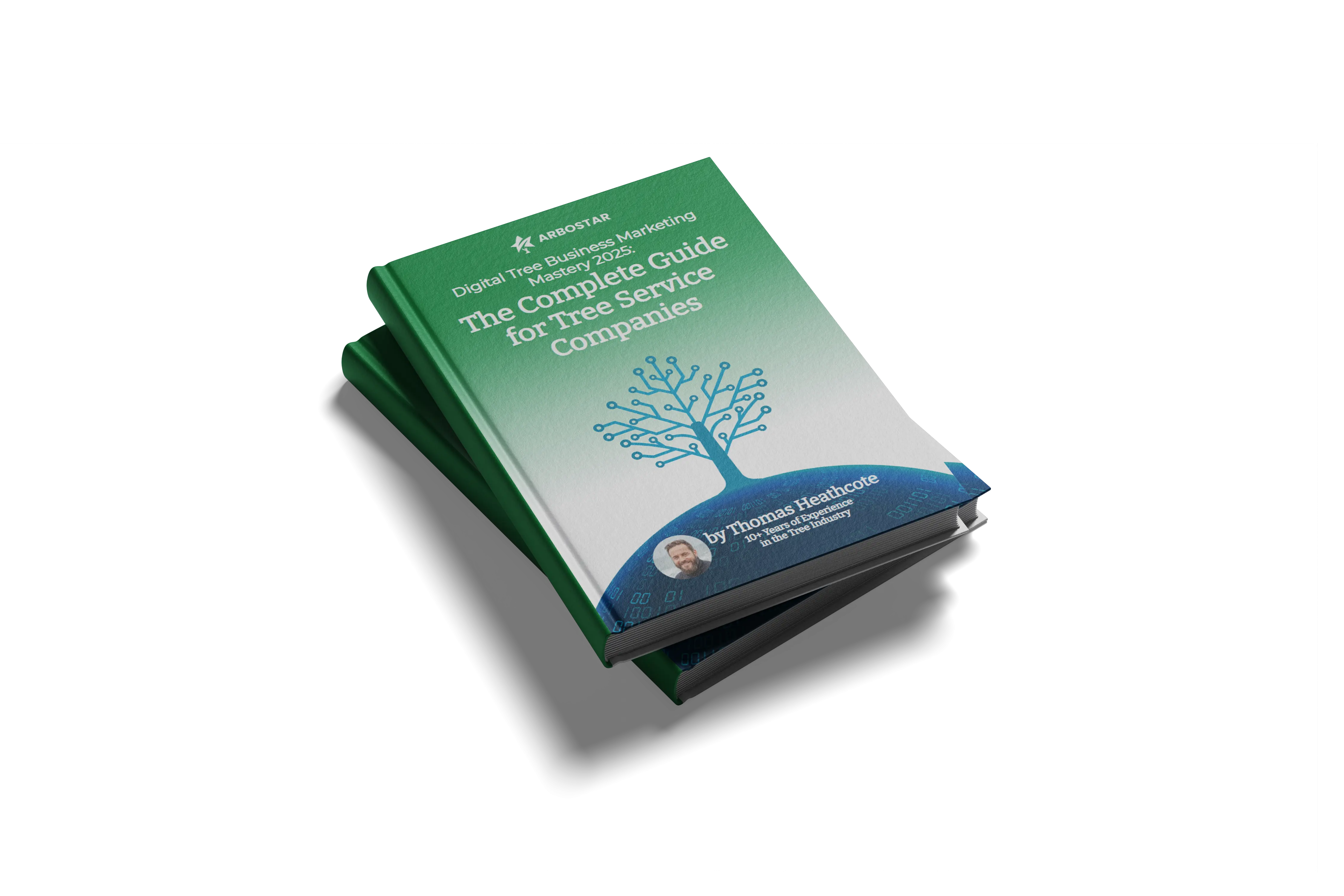Emergency Tree Care: What to Do After Storms and Natural Disasters

Storms and other natural disasters can cause more than just damage to buildings. As an arborist, your immediate reaction can be the difference between preventing further harm and neglecting public safety or trees’ structural integrity. We at ArboStar recognize that these are urgent situations and want to give you everything you need — including a comprehensive treecare CRM — for effective emergency tree care.

Initial Evaluation
Safety first
Before approaching any tree in question, survey the area for immediate danger such as downed power lines or gas leaks. Always put human safety before tree care.
Assess the Damage
Look over the trees to see what has been damaged and how badly. Categorize them according to urgency: those that pose an immediate risk; those needing tree cabling or bracing; those that can wait until later for evaluation.

Immediate Steps
Take Down Dangerous Trees
If a tree has fallen on a house, car or power line it should be given priority attention. Depending on the situation removal may require specialized equipment and coordination with other emergency services.
Secure Compromised Trees
Often trees with broken or weakened branches can be saved by stabilizing them using techniques like cabling or bracing which also prevents possible injury from falling limbs.
Prune for Emergencies
Cutting off broken or damaged branches keeps them from splitting further and reduces disease potential; however ensure the basic structure of the tree is not undermined.

Longer-Term Care
Evaluate & Monitor
Use a treecare CRM system after initial hazards have been dealt with in order to document and track each affected tree’s condition over time – ArboStar’s Tree Management software makes ongoing health/stability monitoring easy.
Root Nourishment & Soil Stabilization
When storms cause erosion it affects ground stability around trees so root systems should be inspected by arborists who may then take measures to feed them and make the soil more secure.
Consultation from Specialists
For complicated situations involving severely compromised trees it may be necessary to seek advice from tree care professionals who can offer advanced techniques for structural restoration.

Preparation Matters
Training
Keep your team constantly prepared by training for emergencies regularly; these should cover things like advanced tree care skills, safety guidelines, and how best to respond during such times.
Equipment and Supplies
Ensure all equipment is well maintained and there are enough supplies readily available for immediate use – e.g., kits with cables or braces, saws, safety gear etc.
Efficiency through Technology
Adopting ArboStar CRM technology in emergency response planning can greatly improve efficiency. Accurate data enables proper scheduling, customer communication as well as allocation of resources needed for effective response.
Every time a storm occurs or some other natural disaster strikes there will always be an emergency but being ready plus quick action can prevent damage while saving life. In such situations arborists are expected not only to protect trees’ structural integrity but also ensure public safety. Tree cabling & bracing among other specialized techniques should therefore be applied alongside robust systems like ArboStar’s treecare CRM that facilitate good emergency responses.




